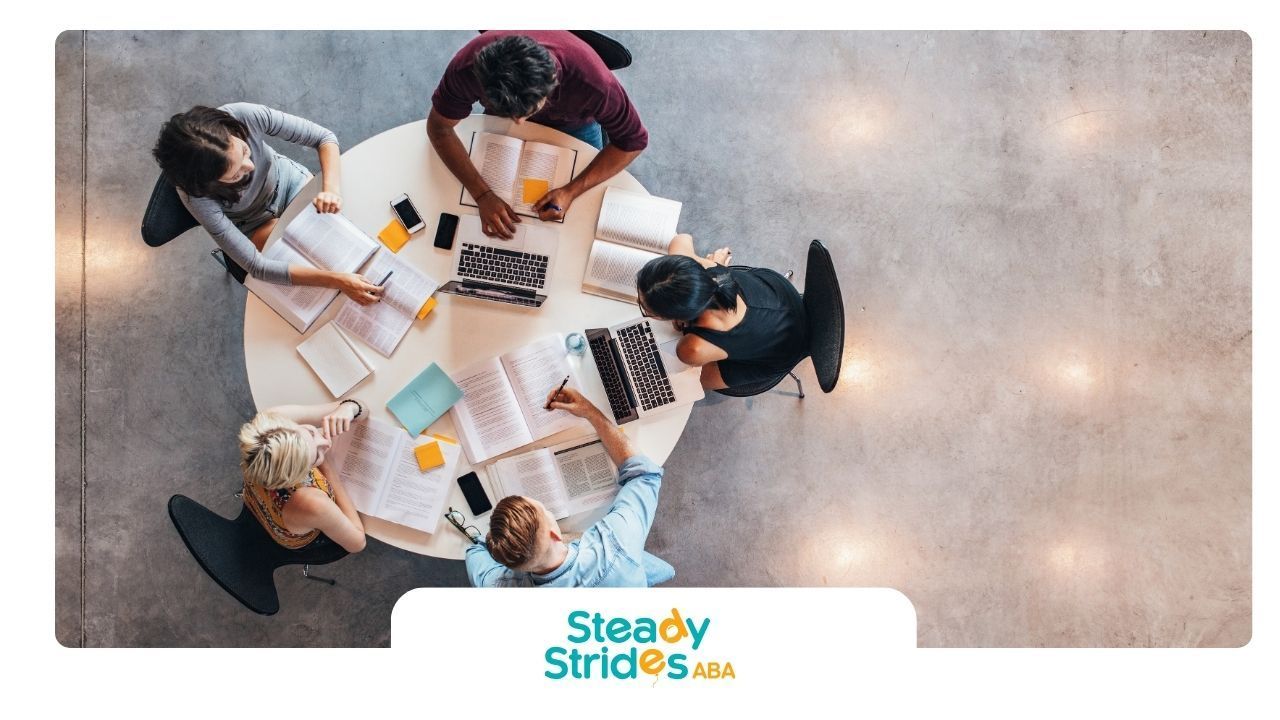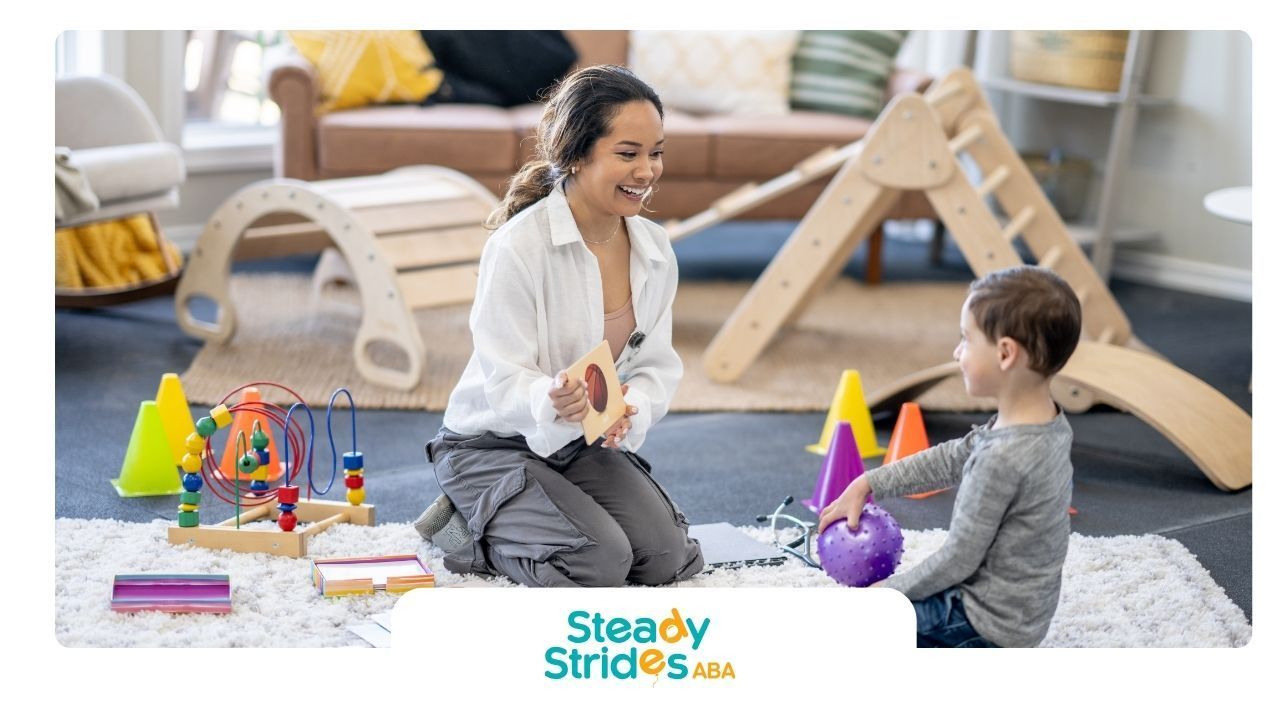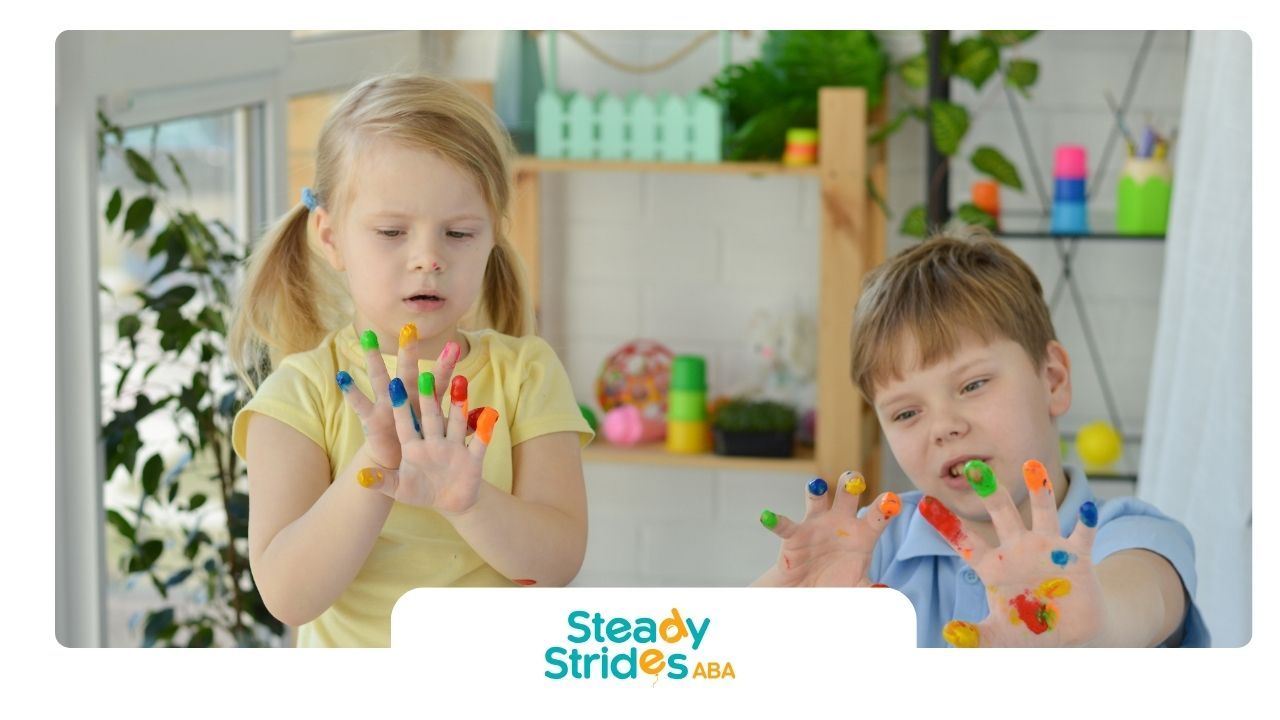Sensory breaks are powerful tools for helping children with autism manage sensory input, enabling them to feel more grounded and focused. Many kids with autism experience the world differently, with sensory experiences that might feel intense or overwhelming.
Sensory breaks provide structured moments of relief, giving these children the chance to reset and recharge throughout the day. Whether through calming activities like listening to soft music or more energizing ones like jumping on a trampoline, sensory breaks play a crucial role in daily routines for many kids on the spectrum.
The Essence of Sensory Breaks for Children with Autism
Sensory breaks are planned or spontaneous periods where a child engages in activities or seeks out environments that provide a sense of regulation to their sensory systems. These breaks can be particularly beneficial for children with autism who might experience sensory input differently, often more intensely than their neurotypical peers.
Imagine a child with autism in a bustling classroom feeling overwhelmed by the noise level. A sensory break, as simple as a few minutes in a quiet corner with noise-canceling headphones, can make a world of difference. It gives their sensory system a chance to reset and refocus, allowing them to better engage in learning and social interaction afterward.
What are Sensory Breaks?
Sensory breaks are essentially short breaks designed to help an individual regulate their sensory input, particularly when the environment feels overwhelming. An occupational therapist can play a crucial role in assessing a child's sensory processing patterns and recommending tailored sensory break activities.
The activities chosen for sensory breaks should align with the child's individual needs and preferences. Some children might benefit from calming activities such as deep pressure with a weighted blanket, listening to soft music, or engaging in quiet, solitary play. Others might need more alerting activities like jumping on a trampoline, engaging in heavy work tasks, or playing with sensory toys that provide tactile stimulation.
By understanding what a sensory break truly entails, parents and caregivers can create a more supportive and accommodating environment where children on the autism spectrum can flourish.
The Significance of Sensory Breaks in Daily Schedules
Integrating sensory breaks into a child's daily schedule is not just about preventing meltdowns; it's about proactively fostering sensory regulation and emotional well-being. When a child with autism has regularly scheduled sensory breaks, it creates a sense of predictability and routine, which can be incredibly comforting and grounding.
Think of sensory breaks as mini-recharging stations throughout the day. Just like adults need breaks to de-stress and refocus, children with autism benefit from these periods of sensory regulation. It helps them stay grounded, manage their emotions more effectively, and better handle the everyday sensory challenges they might face.
By making sensory breaks an integral part of their routine, we empower children with autism to develop self-regulation skills that will serve them well into adulthood.
Tailored Sensory Break Strategies
One of the most important aspects of creating successful sensory breaks is tailoring them to meet each child’s specific needs. A strategy that works for one child might not be as effective for another. Observation is key.
By paying close attention to a child’s behavior and reactions to different sensory experiences, parents and caregivers can start to identify their unique sensory triggers and preferences. This understanding lays the groundwork for developing a personalized sensory diet, a structured plan that incorporates various sensory activities throughout the day to support the child's sensory processing needs.
Recognizing the Need for a Sensory Break
Sensory processing disorder, often accompanying an autism diagnosis, can make it difficult for children to process sensory input effectively. This means they might be more prone to sensory overload, even in environments that others find perfectly ordinary.
Learning to recognize the subtle sensory cues that a child displays when they are nearing sensory overload is crucial for effective intervention. These cues vary widely depending on the child's individual sensory needs. Some common signs include increased fidgeting, restlessness, avoidance of touch, covering ears, or even emotional outbursts.
By being attuned to these signals, caregivers can provide a timely sensory break, offering the child a chance to regulate their sensory input before a meltdown occurs.
Designing Sensory Breaks: Individual Preferences and Needs
Creating a sensory diet involves more than just planning for sensory breaks; it's about thoughtfully incorporating sensory activities throughout the day that align with a child’s sensory needs. This requires a deep understanding of each child’s sensory profile: are they over-responsive (sensory avoidant), under-responsive (sensory seeking), or a combination of both?
For instance, a child who is sensitive to loud noises might benefit from having noise-canceling headphones readily available, while a child who seeks out movement might need regular opportunities for jumping, swinging, or running. Creating a sensory toolbox with a variety of items can provide options for different needs.
Here’s a simple guide for creating a sensory diet:
| Sensory Need | Sensory Activities |
|---|---|
| Calming/Regulation | Deep pressure massage, weighted lap pad, quiet corner with soft lighting and calming toys, listening to soft music |
| Alerting/Sensory Seeking | Jumping on a trampoline, playing active games, using fidget toys, listening to upbeat music, engaging in heavy work tasks |
| Tactile Stimulation | Playing with playdough or slime, sensory bins with various textures, finger painting, water play |
| Visual Stimulation | Sensory bottles, lava lamps, watching bubbles, looking at books with bright colors |
| Auditory Stimulation | Listening to music, playing musical instruments, nature sounds, singing |
Engaging Sensory Break Activities
Sensory break activities can range from quiet and calming to active and engaging. Often, the most effective activities are those that the child enjoys. Finding those activities that really resonate with a child and help them feel regulated is a process of trial and error.
It's helpful to have a variety of options available so the child can choose what feels best for them in the moment. Remember, the goal of a sensory break is to provide a sense of relief and regulation, allowing the child to return to their previous activity feeling refreshed and better able to focus.
Indoor Sensory Break Ideas for Home and Classroom
Creating sensory-friendly spaces within the home or classroom environment can make implementing sensory breaks more seamless. Having a designated area for sensory breaks allows children to retreat when they feel overwhelmed and have ready access to the sensory tools they need to self-regulate.
Here are a few ideas for incorporating indoor sensory break activities:
- Sensory Room: Create a cozy and inviting corner with soft blankets, pillows, a beanbag chair, and calming sensory items like a weighted lap pad or fidget toys.
- Movement Breaks: Encourage movement and heavy work activities such as jumping jacks, animal walks, yoga poses, or carrying heavy objects.
- Quiet Time with Sensory Tools: Provide access to noise-canceling headphones, a weighted ball, or calming sensory bottles. This is particularly helpful for children who are sensitive to auditory or visual stimulation.
Outdoor Sensory Break Solutions
Outdoor play offers a wealth of sensory experiences that can be incredibly regulating for children with autism. The natural environment provides a diverse range of sensory input, from the feel of the grass beneath their feet to the sounds of birds chirping.
Here are some ways to incorporate outdoor sensory break solutions:
- Nature Walks: Exploring nature can engage multiple senses. Encourage children to listen to the sounds of nature, touch different textures like tree bark or leaves, and observe the colors and movements of the environment.
- Playground Time: Swinging, sliding, and climbing on playground equipment offer excellent vestibular input and proprioceptive feedback, which can be calming and organizing for the sensory system.
- Sensory-Rich Backyard Activities: Consider incorporating sensory-rich elements into your backyard, like a small sandbox, a swing set, or even a mini ball pit.
Conclusion
In conclusion, incorporating sensory breaks is fundamental for children with autism to regulate their sensory input and enhance their overall well-being. By customizing sensory break strategies to cater to individual needs, you can create a conducive environment for optimal development. Whether indoors or outdoors, engaging sensory break activities play a pivotal role in providing a nurturing space for children with autism to thrive.
Understanding the essence of sensory breaks and their significance in daily routines is key to promoting positive outcomes. Embracing tailored sensory break solutions empowers children with autism to navigate their surroundings with confidence and comfort.
Steady Strides ABA offers both center-based and in-home ABA therapy for children with autism and other behavioral challenges. Our compassionate team understands the unique sensory needs of each child and works to integrate sensory strategies into their care plans. Reach out to Steady Strides ABA to learn more about how we can support your child's sensory journey!
Frequently Asked Questions
What is a sensory break for autism?
For those on the autism spectrum, who often experience sensory processing differences, a sensory break is a brief period of time dedicated to relaxation and sensory regulation. It's like a "brain break" that allows them to decompress from overwhelming sensory input.
How long should sensory breaks be?
The ideal sensory break duration varies based on individual sensory needs. Some children, particularly sensory seekers, may need more frequent or longer breaks to achieve sensory regulation, while others might only need a few minutes.
Who needs sensory breaks?
While anyone can benefit from a sensory break, they are particularly helpful for individuals with sensory processing disorder who struggle to process sensory input effectively. An occupational therapist can assess sensory needs and recommend a sensory diet incorporating movement breaks and other regulating activities.













